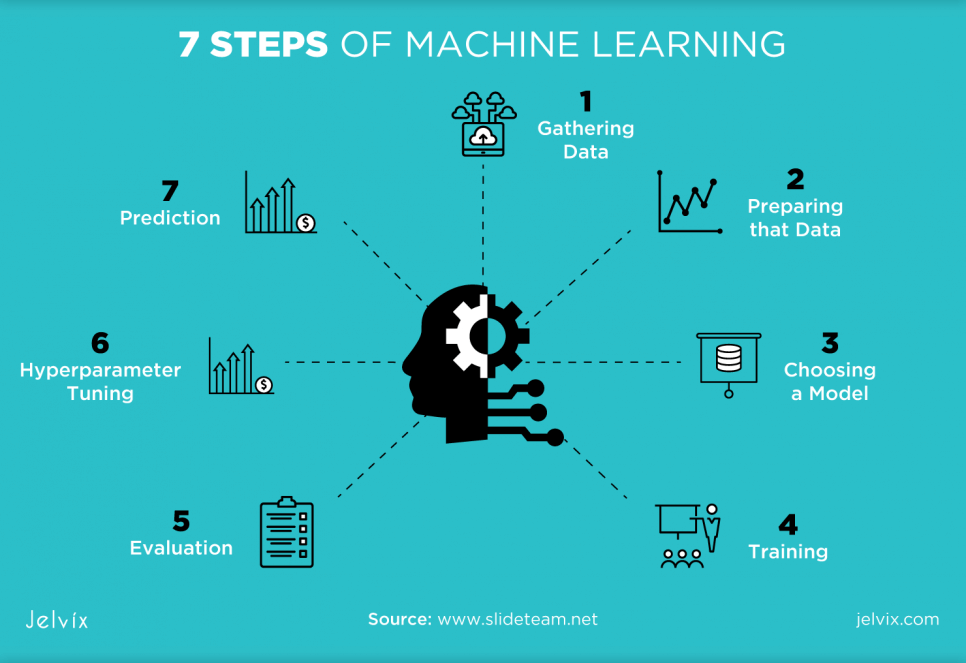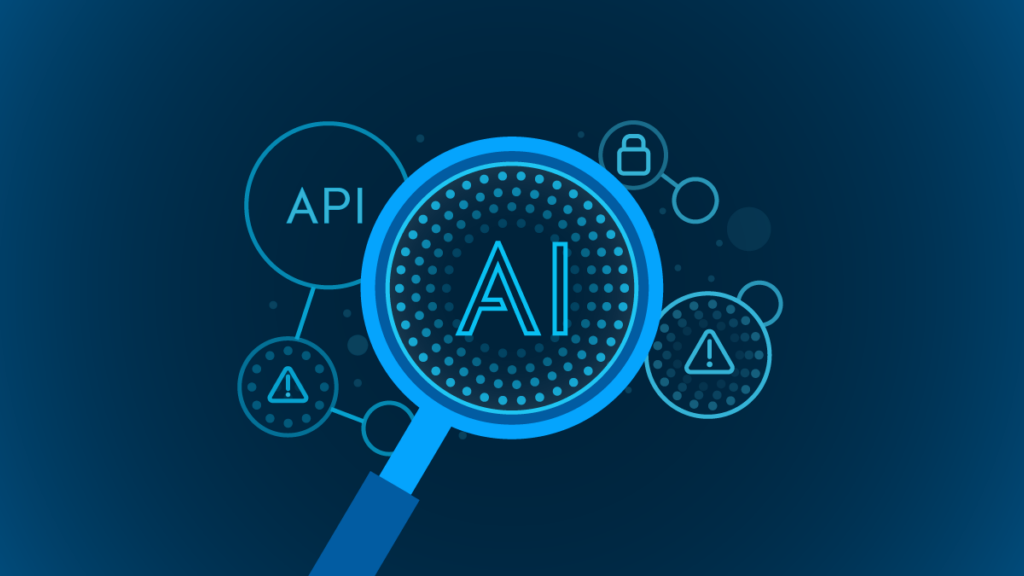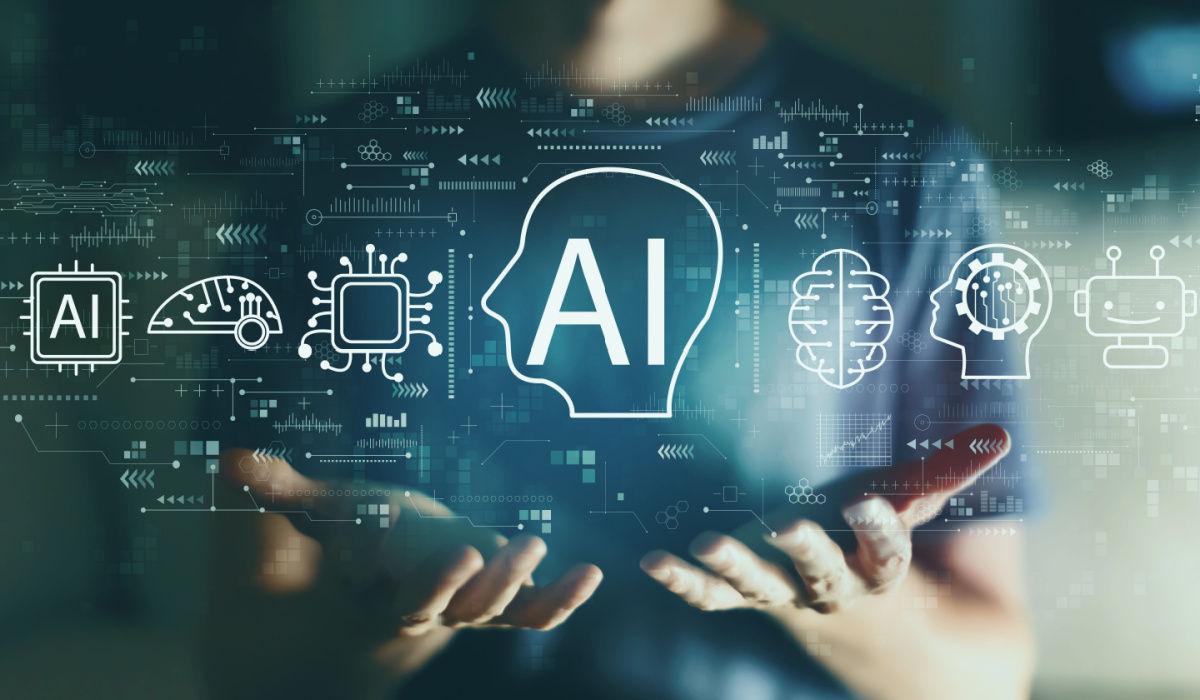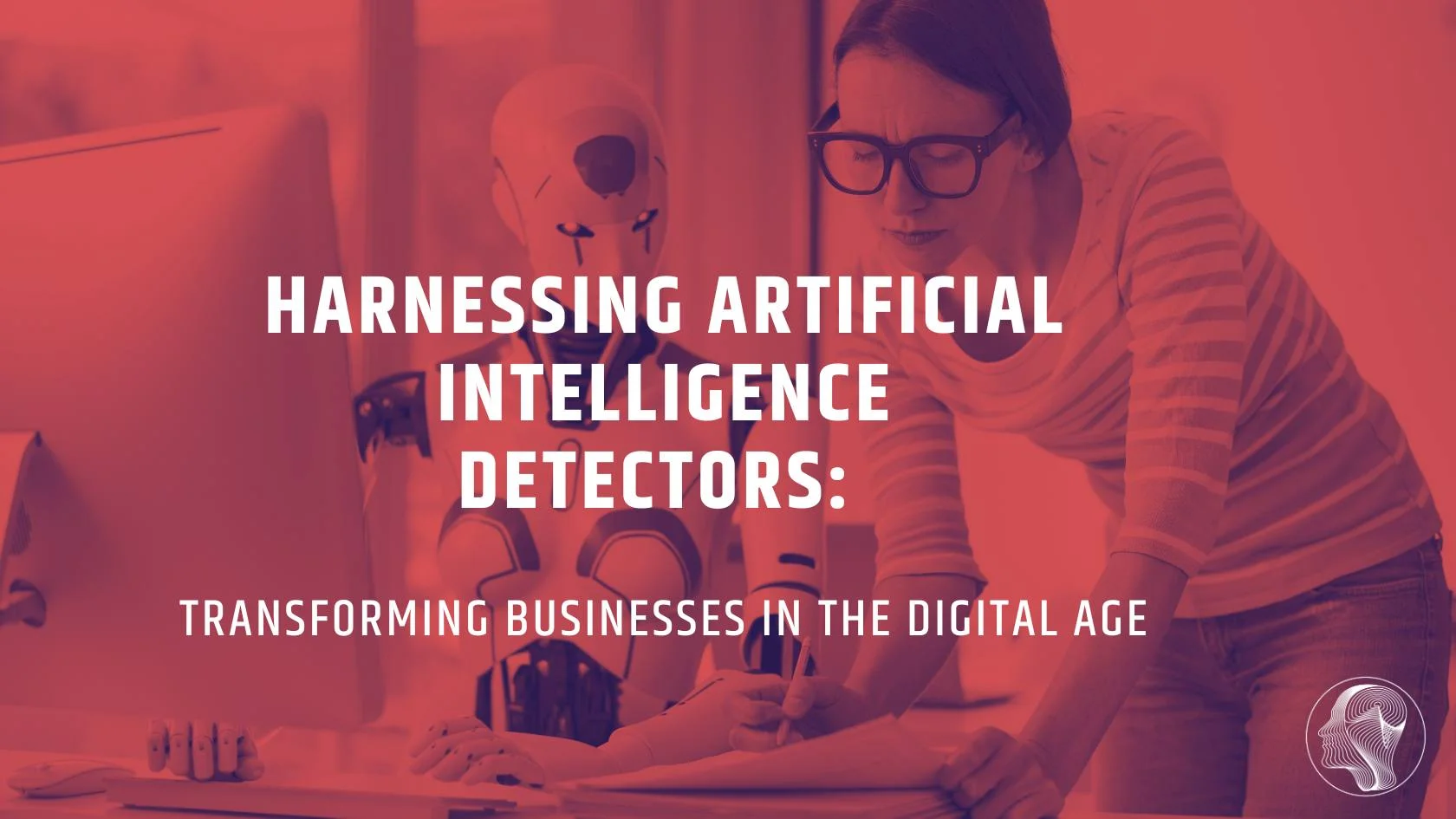Table of Contents
ToggleIntroduction to Artificial Intelligence Detectors
Artificial intelligence detectors are sophisticated tools designed to identify and analyze patterns, behaviors, and anomalies within data. These detectors utilize machine learning algorithms to interpret vast amounts of information, making it possible for businesses to extract valuable insights and enhance decision-making processes. The primary purpose of AI detectors is to automate the process of data evaluation, thereby increasing efficiency and accuracy in various applications across different sectors.
There are several types of artificial intelligence detectors available in the market, each catering to specific needs and industries:
- Anomaly detection systems: widely used in cybersecurity to identify irregularities that may indicate potential threats.
- Sentiment analysis detectors: gauge public opinion about a brand or product by analyzing social media sentiments and other text-based data.
- Classification detectors: utilized in image recognition and fraud detection, categorizing data points into specified classes based on learned features.

Artificial intelligence detectors function by leveraging advanced algorithms that can be trained on historical datasets. These algorithms are capable of adapting and learning from new information over time, which allows businesses to remain agile in a rapidly changing environment. The effectiveness of AI detectors lies in their ability to accurately predict outcomes and identify trends, a feature that can be particularly beneficial for strategic planning and operational efficiency.
The significance of AI detectors in the business landscape is profound. As organizations continue to embrace digital transformation, the integration of these tools becomes essential for gaining a competitive edge. By employing artificial intelligence detectors, businesses can streamline their operations, enhance customer experiences, and optimize resource allocation. In the digital age, the role of AI detectors is poised to evolve further, unlocking new opportunities for innovation and growth.
The Growing Need for AI Detectors in Businesses
The rapid advancement of artificial intelligence (AI) technologies has instigated a paradigm shift across various industries, fostering unprecedented efficiencies and innovative applications. As organizations increasingly depend on AI to improve decision-making processes, streamline operations, and enhance customer experiences, the need for AI detectors has become more pronounced. These detectors serve as critical tools to identify and mitigate the biases and inaccuracies that can stem from AI algorithms.
One of the primary concerns within the business sector is the potential for biased outputs. AI systems often reflect the data on which they are trained. If the training data contains biases, the AI outputs may inadvertently perpetuate these biases, which can have far-reaching implications. For instance, in hiring practices, an AI tool that analyzes resumes may favor certain demographics, leading to a lack of diversity and inclusivity within the workforce. Such outcomes not only violate ethical standards but can also harm a company’s reputation and operational diversity.
Furthermore, inaccuracies in AI-generated data can distort business insights and lead to erroneous conclusions. For instance, AI tools used for market analysis might misinterpret consumer behavior if the underlying data is flawed. This misinterpretation could result in misguided strategies, leading to financial losses and diminished competitive advantage. Therefore, the adoption of AI detectors can act as a safeguard, enabling businesses to validate the integrity of their AI outputs and ensuring that decisions are grounded in reliable data.
As organizations leverage AI technologies, it is imperative that they also invest in AI detectors. These tools not only help identify potential biases and inaccuracies but also contribute to the overall trustworthiness and effectiveness of AI systems. By prioritizing the integrity of AI outputs, businesses can enjoy the benefits of enhanced efficiency and innovation without compromising their ethical obligations and decision-making processes.
Industries Leveraging AI Detectors
Artificial Intelligence (AI) detectors are revolutionizing various industries by providing innovative solutions to specific challenges. In the finance sector, these detectors are employed to monitor transactions in real-time, identifying fraudulent activities. Financial institutions face the ongoing battle against sophisticated fraud techniques, which can result in significant financial losses. By utilizing AI detectors, these organizations can analyze vast amounts of data swiftly, flagging suspicious patterns that deviate from normal behavior. This not only enhances security measures but also instills confidence among customers, who can trust that their transactions are closely monitored for their protection.
In the healthcare industry, the advent of AI detectors has fundamentally transformed patient care and operational efficiencies. These systems assist in diagnosing diseases more accurately by analyzing medical images and data alongside behavioral patterns. For example, AI detectors can process radiological scans with high precision, alerting healthcare providers to abnormalities that may be missed by the human eye. Moreover, these detectors aid in patient management by tracking adherence to treatment protocols, identifying potential side effects early, and even predicting outbreaks. Consequently, healthcare professionals can make informed decisions, resulting in improved patient outcomes and enhanced trust in the medical system.
Marketing is another critical area where AI detectors play a vital role. As consumers generate vast amounts of data through online behavior, businesses are challenged with deciphering meaningful insights from this information. AI detectors help marketers understand consumer preferences and trends, allowing for the personalization of campaigns and improved targeting of advertisements. By accurately predicting consumer behavior, businesses can allocate resources effectively and enhance their overall marketing strategies. This not only maximizes return on investment but also builds consumer trust, as marketing messages become more relevant to individual audiences.
Benefits of Implementing AI Detectors
In the rapidly evolving digital landscape, leveraging artificial intelligence detectors offers numerous advantages that can significantly enhance business operations. One of the primary benefits is improved data accuracy. AI detectors utilize sophisticated algorithms to analyze and process large volumes of data swiftly and accurately, reducing the likelihood of human error. By implementing these advanced tools, businesses can ensure that their data remains reliable, fostering informed decision-making and strategic planning. This increased accuracy is essential, particularly in sectors where precision is paramount, such as finance, healthcare, and logistics.
Another notable advantage of AI detectors is the enhancement of regulatory compliance. With ever-changing regulations across industries, staying compliant can be challenging. AI detectors can monitor operations and transactions in real time, identifying potential compliance risks and ensuring that businesses adhere to legal requirements. This proactive monitoring not only helps to avoid costly fines and penalties but also reinforces the organization’s commitment to ethical practices.
Moreover, AI detectors significantly contribute to enhanced customer experiences. By utilizing these intelligent systems, businesses can analyze customer behavior and preferences, allowing for more personalized interactions. This tailored approach leads to greater customer satisfaction, fostering loyalty and trust. For instance, in e-commerce, AI detectors can suggest products based on past purchases or browsing behavior, thereby enriching the shopping experience.
Lastly, the implementation of AI detectors can increase competitiveness in the market. Companies that effectively harness AI technology position themselves as leaders within their industry, attracting both customers and innovative talent. The ability to process data swiftly and make informed business decisions enables organizations to adapt quickly to market trends and consumer demands, ultimately achieving a significant edge over competitors. Overall, integrating AI detectors into business operations not only streamlines processes but also paves the way for sustainable growth and success.
Challenges and Limitations of AI Detectors
As businesses increasingly turn to AI detectors for various applications, it is vital to recognize the multifaceted challenges and limitations associated with their adoption. One prominent challenge is the cost of implementing these systems. Acquiring, deploying, and maintaining AI detectors can be resource-intensive. Organizations may need to invest significant capital, not only for the technology itself but also for the necessary infrastructure and personnel training, often leading to budgetary constraints that could deter adoption.
Another critical concern is the integration of AI detectors with existing systems. Many organizations operate on legacy platforms that may not easily accommodate new technologies. This integration challenge can necessitate further investment in software and hardware upgrades, often complicating the transition. Ensuring seamless interoperability between AI detectors and established systems is crucial for maximizing their effectiveness and efficiency. Failure to consider integration issues may result in operational disruptions or suboptimal performance.
A significant limitation of AI detectors is the potential for inherent biases within the algorithms. These biases can stem from the training data used to develop the detectors, which may not represent diverse perspectives or scenarios effectively. Consequently, there is a risk that AI detectors may disproportionately target certain demographics or generate inaccurate outcomes, undermining their reliability. Businesses must be vigilant in assessing the fairness of their AI detectors, as reliance on biased results can lead to reputational harm and ethical concerns.
Lastly, AI detectors require continuous training and updates to evolve with changing data and user behaviors. This necessity incurs ongoing costs and resource allocation, as organizations must dedicate efforts to ensure their detectors remain effective over time. Businesses that overlook this need may find their AI detectors becoming outdated and less effective, rendering them unable to meet the dynamic demands of the digital age.
Case Studies: Successful Use of AI Detectors
Artificial Intelligence detectors have made significant strides in various industries, allowing companies to harness the power of data for improved efficiency and accuracy. One notable case study involves a major e-commerce platform that integrated AI detectors to combat fraudulent transactions. Before implementation, the company faced substantial losses due to fraudulent activities, which not only affected revenue but also customer trust. The adoption of AI detectors enabled real-time monitoring of transactions, utilizing machine learning algorithms to identify suspicious behaviors. As a result, the platform reduced fraud-related losses by over 30%, reinforcing customer confidence and improving overall sales.
Another example can be found in the healthcare sector, where a regional hospital adopted AI detectors for medical imaging analysis. The hospital initially struggled with high rates of misdiagnosis due to human error in interpreting scans. By integrating AI-driven image recognition technology, the hospital enhanced diagnostic accuracy significantly. The AI detector was trained on millions of medical images, allowing it to identify abnormalities more reliably than conventional methods. Post-implementation, the facility reported a 25% increase in diagnostic accuracy, leading to better patient outcomes and more efficient treatment protocols.
Furthermore, a financial institution sought to enhance its compliance processes by employing AI detectors for regulatory monitoring. The challenge for the institution lay in processing vast amounts of transaction data to identify potential compliance breaches. Through the implementation of AI detectors, the organization automated the monitoring process, thus allowing compliance officers to focus on more complex cases. Consequently, the institution achieved a 40% reduction in compliance-related costs while maintaining adherence to regulatory guidelines.
These case studies illustrate how AI detectors can transform operations across industries, delivering tangible benefits while addressing critical challenges. As technology evolves, more organizations are expected to leverage these advanced tools to enhance their business processes.
Best Practices for Implementing AI Detectors in Businesses
As organizations increasingly recognize the potential of artificial intelligence (AI) detectors, adopting best practices can drive successful integration within business operations. The initial step involves a thorough evaluation of the specific needs of the organization. Businesses should begin by identifying the areas where AI detectors can add the most value, such as in fraud detection, customer service automation, or data analysis. Conducting a gap analysis can help pinpoint inefficiencies and opportunities for AI enhancement.
Once the evaluation is complete, selecting the right technology is crucial. Organizations should explore various AI detector systems available in the market, comparing features, scalability, and alignment with business objectives. Engaging with vendors to understand their offerings and conducting demonstrations can aid in selecting a system that best fits the organization’s requirements. Additionally, companies should consider integrating AI detectors with existing technologies to optimize processes further.
Implementation of AI detectors should occur systematically. Companies are encouraged to establish a project team comprising IT specialists, data scientists, and relevant stakeholders from various departments. This cross-functional approach ensures that the solution is more tailored and that the AI detector is effectively deployed across departments. Pilot testing in a controlled environment before full deployment enables organizations to fine-tune functionalities based on initial feedback, minimizing disruption.
Moreover, ongoing management and training are vital. After deployment, continuous monitoring of the AI detector’s performance allows for timely adjustments. Organizations should invest in training sessions for employees to understand how to interact with and benefit from the AI systems to foster a culture of collaboration between human intelligence and artificial intelligence. Regular updates and maintenance will ensure that businesses maximize the return on investment in AI detectors, facilitating long-term success in the evolving digital landscape.
Future Trends in AI Detection Technology
The field of artificial intelligence detection technology is continually evolving, driven by advancements in machine learning algorithms and the increasing demand for automation. As businesses utilize these sophisticated systems, it is imperative to stay ahead of emerging trends that significantly shape their application and effectiveness.
One of the most notable trends is the enhancement of machine learning algorithms. With the ongoing evolution of deep learning techniques, AI detectors will become more adept at analyzing complex datasets, recognizing patterns, and making accurate predictions. These advancements enable organizations to leverage AI detection tools to monitor and interpret vast quantities of data in real time, enhancing decision-making processes and improving operational efficiency. Organizations will likely invest in bespoke algorithms tailored to their specific contexts, further optimizing AI detection capabilities.
Moreover, increasing automation is transforming the landscape of AI detection technology. As businesses strive for greater efficiency, automation becomes an essential component of operational strategies. Automated AI detection systems can streamline processes by continuously monitoring activities and alerting stakeholders to potential anomalies without human intervention. This shift not only reduces the likelihood of errors associated with manual processes but also allows staff to focus on higher-value tasks, facilitating more strategic business decisions.
The evolving regulatory landscape also plays a crucial role in shaping the future of AI detection technology. As governments and regulatory bodies strive to implement frameworks to govern the use of AI, businesses must navigate these changes to ensure compliance while leveraging AI detectors. Staying informed about regulatory developments will be paramount, enabling organizations to adapt their strategies effectively. This adaptability ensures that AI detection technology remains robust and aligned with evolving ethical standards and legal requirements.
In conclusion, the future landscape of AI detection technology is poised for transformative developments, driven by innovations in machine learning, increased automation, and a dynamic regulatory environment. Organizations that proactively embrace these trends will undoubtedly find themselves at a competitive advantage in the digital age.
Conclusion
As businesses navigate the complexities of the digital age, the integration of artificial intelligence (AI) detectors has emerged as a pivotal strategy for fostering responsible and sustainable practices. Throughout this blog, we have explored the various applications of AI detectors and how they can enhance operational efficiency, promote transparency, and ensure compliance with regulatory standards.
One key takeaway is the ability of AI detectors to streamline processes, thereby reducing operational inefficiencies. By employing these technologies, businesses can identify patterns and anomalies in large datasets quickly, allowing for informed decision-making. This capability is particularly vital in sectors such as finance and healthcare, where real-time data analysis is paramount. Moreover, the use of AI detectors can significantly mitigate risks associated with data breaches and fraudulent activities, thus protecting both the business and its customers.
Furthermore, AI detectors play an instrumental role in fostering an ethical approach to business. By monitoring for unethical practices, these tools help organizations maintain compliance with industry standards and regulations, reinforcing consumer trust. In an era where transparency is increasingly valued by consumers, the responsible use of AI technologies can serve as a competitive advantage. Organizations must remain vigilant and proactive in their approach to these innovations, continuously adapting to new advancements and best practices.
In essence, embracing AI detectors is not just about keeping pace with technological advancements; it is about committing to sustainable business practices that prioritize ethical considerations and operational excellence. Organizations that leverage these tools will not only enhance their efficiency but also contribute to a responsible digital ecosystem. As we move forward, the commitment to integrating AI detectors should be seen as essential to ensure that businesses thrive while supporting broader societal goals.







